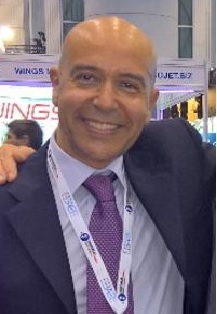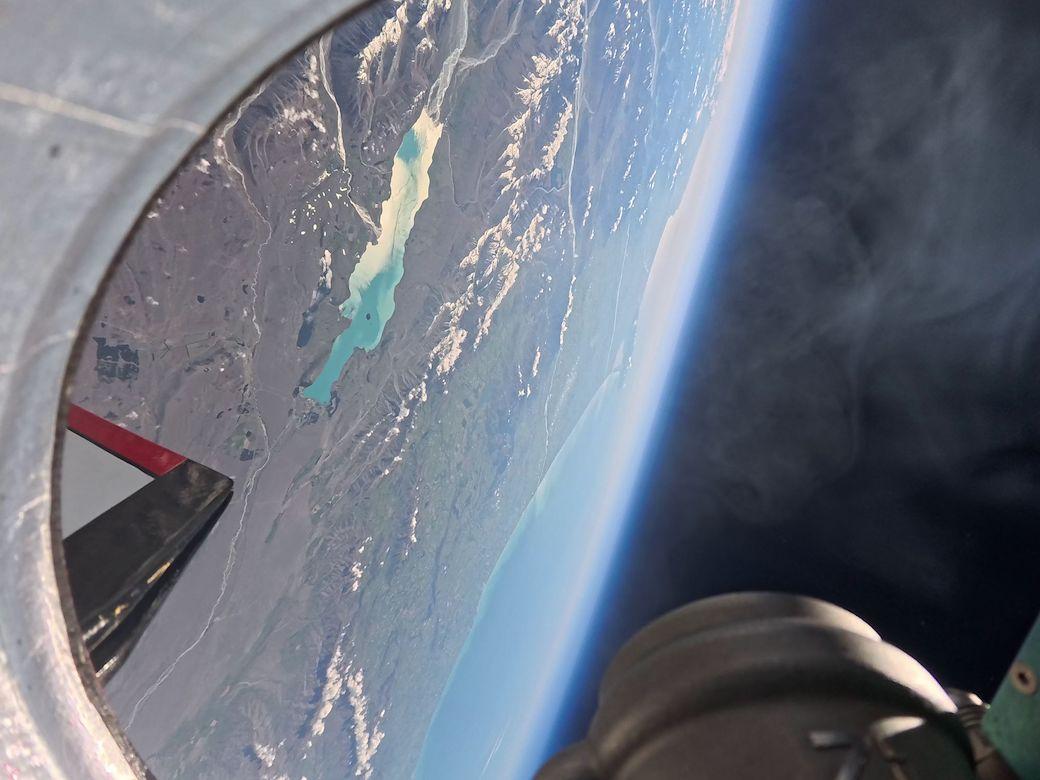Dawn Aerospace Aurora Demo Exceeds Mach 1
Details
More Products & Services
Products & Services
Home - Aviation Group Marketing
Aviation Week Network
120 data points on over 156,000 commercial and business aviation aircraft, including military transports. Discover the most trustworthy resource for the complete aircraft history, plus ad hoc reports, month-over-month trend analysis and details on expected deliveries through 2050.
Aerospace | Aviation Week Network
Aviation Week Network
https://aviationweek.com/themes/custom/particle/dist/app-drupal/assets/awn-logo.svg
People

Andrea Rossi Prudente
Aviation Week Network

Becca Balmes
Aviation Week Network

Belinda Tan
Aviation Week Network

Brian Everstine
Aviation Week Network
Editor

Eddie Krankowski
Aviation Week Network
Assistant Manager, Tradeshows

erving dockery
Aviation Week Network

Lisa Tan
Aviation Week Network
Senior Marketing Manager

Mark Thomas
Aviation Week Network
Description
New Zealand spaceplane developer Dawn Aerospace has flown its Mk-II Aurora rocket-powered aircraft supersonically for the first time, marking a key step on the way toward the company's goal of hypersonic operations and routine access to suborbit.
Powered by a pump-fed, 610-lb.-thrust bipropellant rocket, the 15.8-ft.-long uncrewed Aurora reached Mach 1.1 and an altitude of 82,500 ft. during the flight, which was conducted from Glentanner Aerodrome on New Zealand's South Island on Nov 12.
Dawn Aerospace says the flight also marked several records, including the fastest aircraft to climb from ground level to 20 km (66,000 ft.), completing the ascent in just 118.6 sec. This beats the previous record, held by a highly modified Boeing (then-McDonnell Douglas) F-15 in the 1970s, by 4.2 sec. The Aurora also becomes the first New Zealand-designed and built aircraft to fly supersonically, and marks the highest altitude achieved by an aircraft flown from the island nation.
The company notes the flight marks the first time a civil aircraft has flown supersonically since the Concorde, which was retired in 2003. Boom Supersonic, the U.S.-based company developing the Mach 1.7 Overture airliner, meanwhile is flying its privately developed XB-1 demonstrator with which it hopes to make the first supersonic flight of a piloted civil aircraft since the Concorde by year-end.
Stefan Powell, CEO of Dawn Aerospace, says the flight “retired the final major technical risk in the Aurora program: vehicle dynamics through the transonic regime. We have now confirmed the Aurora as the highest climb-rate vehicle ever built. This milestone sets the stage for Aurora to become the world's highest and fastest-flying aircraft and paves the way for the first operational hypersonic aircraft, redefining what's possible in aviation.”
The Mk. 2 technology demonstrator is expected to begin test flights for various experiments starting in 2025. Offering up to 180 sec. of microgravity by flying a parabolic trajectory, the vehicle can carry a 3U payload of 5 kg for payloads covering applications such as microgravity research, atmospheric science, Earth-observation and high-speed flight test.
Commenting to Aviation Week, Powell added: “Aurora will get us to Mach 3.5 and 100 km altitude. A next-generation vehicle, derived from Aurora—based on the same core technology—will get us to Mach 5-plus.”
The record flight comes just weeks after Dawn demonstrated the aircraft's rapid reusability by flying the suborbital aircraft twice within 8 hr. For this achievement on Oct. 4, on both flights the vehicle reached Mach 0.9 and an altitude of 63,000 ft.
Powered by a pump-fed, 610-lb.-thrust bipropellant rocket, the 15.8-ft.-long uncrewed Aurora reached Mach 1.1 and an altitude of 82,500 ft. during the flight, which was conducted from Glentanner Aerodrome on New Zealand's South Island on Nov 12.
Dawn Aerospace says the flight also marked several records, including the fastest aircraft to climb from ground level to 20 km (66,000 ft.), completing the ascent in just 118.6 sec. This beats the previous record, held by a highly modified Boeing (then-McDonnell Douglas) F-15 in the 1970s, by 4.2 sec. The Aurora also becomes the first New Zealand-designed and built aircraft to fly supersonically, and marks the highest altitude achieved by an aircraft flown from the island nation.
The company notes the flight marks the first time a civil aircraft has flown supersonically since the Concorde, which was retired in 2003. Boom Supersonic, the U.S.-based company developing the Mach 1.7 Overture airliner, meanwhile is flying its privately developed XB-1 demonstrator with which it hopes to make the first supersonic flight of a piloted civil aircraft since the Concorde by year-end.
Stefan Powell, CEO of Dawn Aerospace, says the flight “retired the final major technical risk in the Aurora program: vehicle dynamics through the transonic regime. We have now confirmed the Aurora as the highest climb-rate vehicle ever built. This milestone sets the stage for Aurora to become the world's highest and fastest-flying aircraft and paves the way for the first operational hypersonic aircraft, redefining what's possible in aviation.”
The Mk. 2 technology demonstrator is expected to begin test flights for various experiments starting in 2025. Offering up to 180 sec. of microgravity by flying a parabolic trajectory, the vehicle can carry a 3U payload of 5 kg for payloads covering applications such as microgravity research, atmospheric science, Earth-observation and high-speed flight test.
Commenting to Aviation Week, Powell added: “Aurora will get us to Mach 3.5 and 100 km altitude. A next-generation vehicle, derived from Aurora—based on the same core technology—will get us to Mach 5-plus.”
The record flight comes just weeks after Dawn demonstrated the aircraft's rapid reusability by flying the suborbital aircraft twice within 8 hr. For this achievement on Oct. 4, on both flights the vehicle reached Mach 0.9 and an altitude of 63,000 ft.

Share
Recent Chats
Share via email
Future: handle WhatsApp here
Future: handle LinkedIn here
Future: handle Twitter here
SUBMENU HERE
Share via Chat
Copy Link

 Digital Directory
Digital Directory